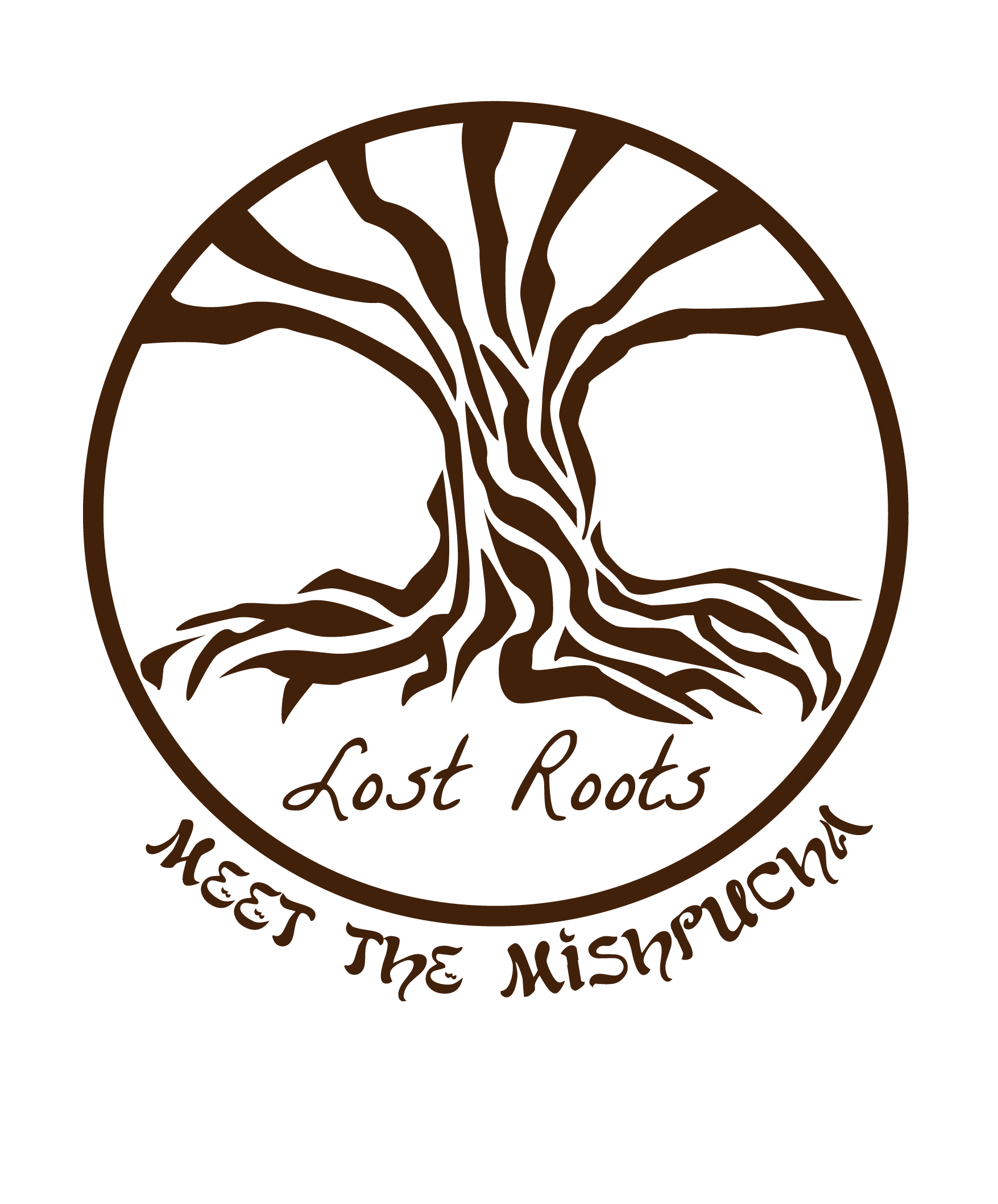Where to Go from Here?
If you have used the sources described in my website along with the many other guides to Jewish genealogy, you have probably pieced together parts of your family’s story on your own. However, there are undoubtedly many more chapters of this epic which remain to be written.
 The Importance of Using Primary Sources
The Importance of Using Primary Sources
In the section of my website about how to hire a professional genealogist, I stress the necessity of going beyond databases, genealogy websites, and other secondary sources. While these sources are available to non-specialists, their accuracy cannot be vouched for. Genealogy indexes and databases, for all their usefulness, are secondary sources which may have inaccuracies in translation or transcription. Moreover, they are usually summaries, presenting the most immediate information while leaving out details that could yield additional valuable clues.
Similarly, user-uploaded information found on genealogy websites can be a fantastic resource which, when used properly, can help locate living relatives who could not be found in any other way—yet they may also contain sloppy research. In fact, the person who uploaded a tree found on websites like Geni.com may have simply copied information he or she found in another tree—which itself may have been copied from yet another tree. Unfortunately, uncritically reproducing information from secondary or tertiary sources makes it far too easy to replicate prior research errors. In genealogy as in all other fields of human knowledge, producing sound conclusions relies on using primary source documents and critically evaluating all sources of information.
The Many Challenges of Using Primary Sources
Original records were written in the language of the country where they were taken in—which depended on changing borders and fickle language policies. For Jewish genealogy, this means that virtually no original sources from Europe, if any, will be in English. While the content of some records may be self-evident, and while some understanding can be gained from using resources such as dictionaries, online translation, and tools like JewishGen Viewmate, these resources can only go so far.
To be able to fully understand the primary source records and to use them to tease out the details of your family history, it is necessary to have at least some command of the languages involved. Thus, building the full story of Ashkenazi Jewish families requires at least a working knowledge of Polish, Russian, German, Hebrew, and Yiddish. Moreover, being able to actually read the documents requires not only language ability, but training in historic handwriting systems, which pose formidable challenges to modern researchers.
Once you can understand both the language and antique handwriting, the real challenges begin. As I have already stressed, modern researchers should never take secondary sources at face value; genealogical accuracy and professional standards require using primary sources whenever possible. Yet at the same time, it is equally important to take even primary source information with a grain of salt. Keep in mind that just because something is written down somewhere doesn’t mean it’s true—this was as true in the eighteenth and nineteenth centuries as it is today. Even if something is written in a primary source, the old maxim of “trust but verify” still holds.
 The primary source documents we use as genealogists were written in a wide variety of circumstances across immensely different societies for a vast array of reasons. To properly evaluate them, genealogy researchers need to understand the full context behind them. When looking at primary source documentation, genealogists ask themselves questions such as: Who created the document? Who provided the information contained within it? What purpose was the document used for? Was there any incentive for people to stretch the truth? To answer these questions, researchers need to develop a thorough understanding of the legal history of the specific country they are researching, the customs and practices of the Jewish communities there, and much more historical context.
The primary source documents we use as genealogists were written in a wide variety of circumstances across immensely different societies for a vast array of reasons. To properly evaluate them, genealogy researchers need to understand the full context behind them. When looking at primary source documentation, genealogists ask themselves questions such as: Who created the document? Who provided the information contained within it? What purpose was the document used for? Was there any incentive for people to stretch the truth? To answer these questions, researchers need to develop a thorough understanding of the legal history of the specific country they are researching, the customs and practices of the Jewish communities there, and much more historical context.
To ensure the most accurate possible conclusions, the genealogy professional standards require researchers to collect multiple pieces of information and corroborate them against one another. Professional genealogists tally all the available evidence, fit them together like pieces of a puzzle, look for any contradictions, come up with the most likely explanations, and devise compelling reasons why. Much like in the courtroom, genealogy is ultimately about reconstructing the most probable story based on critical evaluation of all the available pieces of evidence.
Summing Up
With so much information out there, it is easy to get overwhelmed. In some ways, collecting data is the easy part. How do you take so many data points—many of which are incomplete and conflicting—and turn them into a complete story spanning hundreds of years across multiple continents? As you go about reconstructing the history of your family, you want to avoid the common pitfalls of amateur researchers—yet how can you be sure that you are avoiding all of them? How do you know that what you have done is right? I have already written about some of the most common pitfalls here, but the trouble with blind spots is that it is very difficult to know what it is that you don’t know.
For many people, hiring a professional researcher may be the solution to these challenges. Properly qualified professional genealogists have the training, experience, language ability, and cultural background to handle these challenges, avoid common mistakes, and offer you the most accurate possible story of your family. If you are interested in engaging me to reconstruct your family history, please feel free to contact me. Together, we can bring the story of your family alive, honor your ancestors’ achievements, and preserve their memory for future generations.
